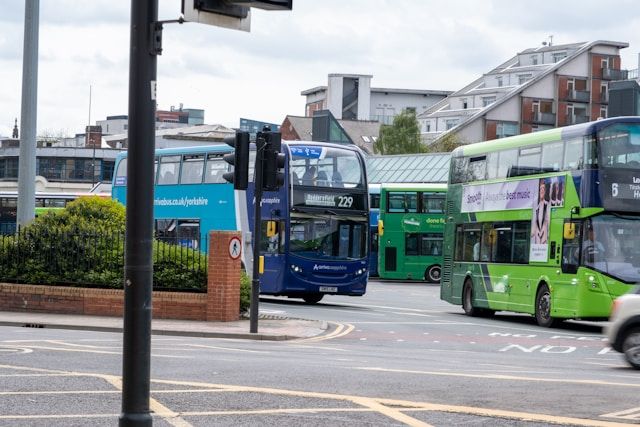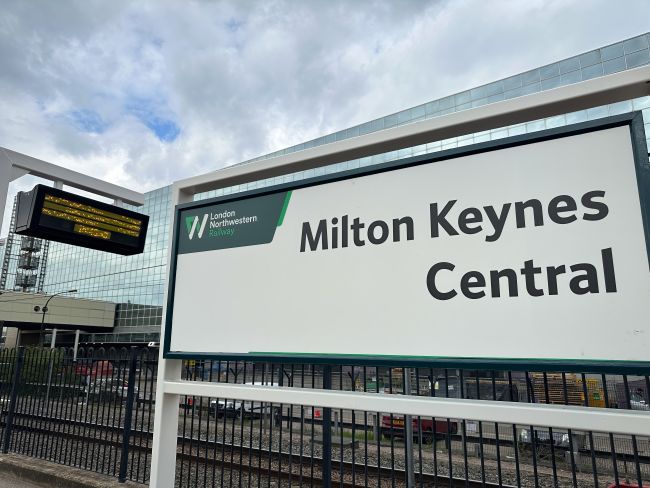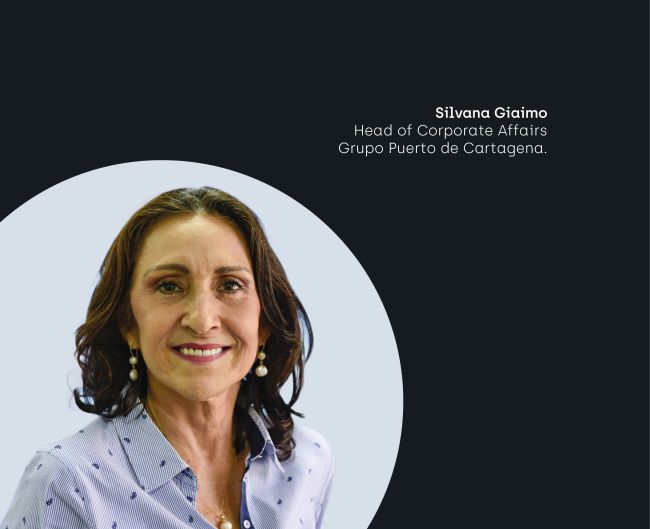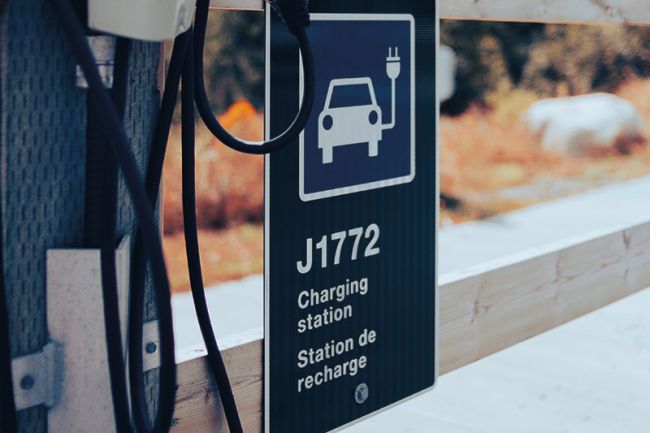Investing in wayfinding: leading the way
Many cities across North America have identified the need for consistent and well-integrated wayfinding systems.

Many cities across North America have identified the need for consistent and well-integrated wayfinding systems in support of walking, cycling, transit use and 'last-mile' connectivity. 'Legible City' wayfinding projects have become part of the modern metropolis’ street furniture kit of parts. From Vancouver to Toronto, New York to Seattle, on-street wayfinding is being deployed to aid and encourage active travel, exploration and discovery.
Meanwhile, transit information improvements in the shape of harmonization programs such as those championed by Metrolinx in the Greater Toronto and Hamilton Area and the Metropolitan Transportation Commission in the Bay Area also acknowledge the value of well designed, user-centred information. These aim to provide a consistent trip experience for the customer travelling across jurisdictions or with multiple operators – who is agnostic to the ‘behind the scenes’ operational complexity and simply wants clear, consistent and legible information to enable them to make an informed decision.
While it is not hard to imagine shiny new wayfinding being welcomed by many residents, visitors and transit users, how do you justify the long-term investment required for the planning, design, delivery, operation and maintenance of these systems? Since 2009, Steer’s design and strategy teams have worked closely to refine an approach to assessing and demonstrating the long-term benefits of wayfinding: from user research and evaluation of the UK’s Legible London wayfinding system to delivering an outline business case for the Toronto TO360 wayfinding system and currently, developing the case to support the delivery of Harmonized Transit Mapping for MTC in the Bay Area.
The journey starts here
Following a structure developed for Metrolinx in Toronto, our business cases involve a four-themed approach:
- Strategic case: outlines why an investment should be pursued and provides a framework to show how far it addresses a problem or opportunity associated with regional goals, plans, and policies.
- Economic case: establishes the benefits, e.g. reduced carbon emissions due to modal shift, and costs of the investment to society.
- Financial case: establishes how much the capital and operating costs will be and considers possible funding streams.
- Deliverability and operations case: considers the overall viability of the investment from the perspectives of procurement, governance, operations and risk.
Typically, once a need or opportunity has been identified, the first logical step is the implementation of one or more pilot projects. A pilot provides a low-risk testbed to measure the acceptance and suitability of the proposed system in real-life conditions, putting the theory into practice and providing a working example that facilitates stakeholder buy-in and more accurate costing of any wider rollout. From a business case perspective, a pilot offers the opportunity to measure behavioural change driven by the wayfinding improvements and builds the ‘robustness’ of the evidence base. These ‘real-world’ measurements provide valuable comparisons against baselines for factors such as time savings, propensity for modal-shift and other softer indicators such as increased confidence to explore.
Shaking the money tree
Most wayfinding systems rely on combined funding models involving local and regional governments, transit agencies, Business Improvement Areas, tourism and/or advertising revenue. Larger capital opportunities may also be available at the federal level, such as the Canadian Public Transit Infrastructure Fund (PTIF), however, these are often geared towards major infrastructure projects and less so to 'softer' user-centred improvements such as enhanced wayfinding signage and mapping. Steer follows the same structure and similar metrics as major infrastructure business cases, enabling wayfinding projects to be evaluated on a par with other investments, and demonstrating their contribution to quality of life, transportation and local economies.
As the transit community begins to consider what the future holds in light of COVID-19, the need to facilitate walking and cycling – to prevent a resurgence of private vehicles and their attendant effects on quality of life – has been brought into focus. Demonstrating the potential of wayfinding systems to encourage active travel, and the benefits this entails, will be an important part of the narrative about how our cities and neighbourhoods can facilitate continued behaviour change to sustain our new ways of living.


















